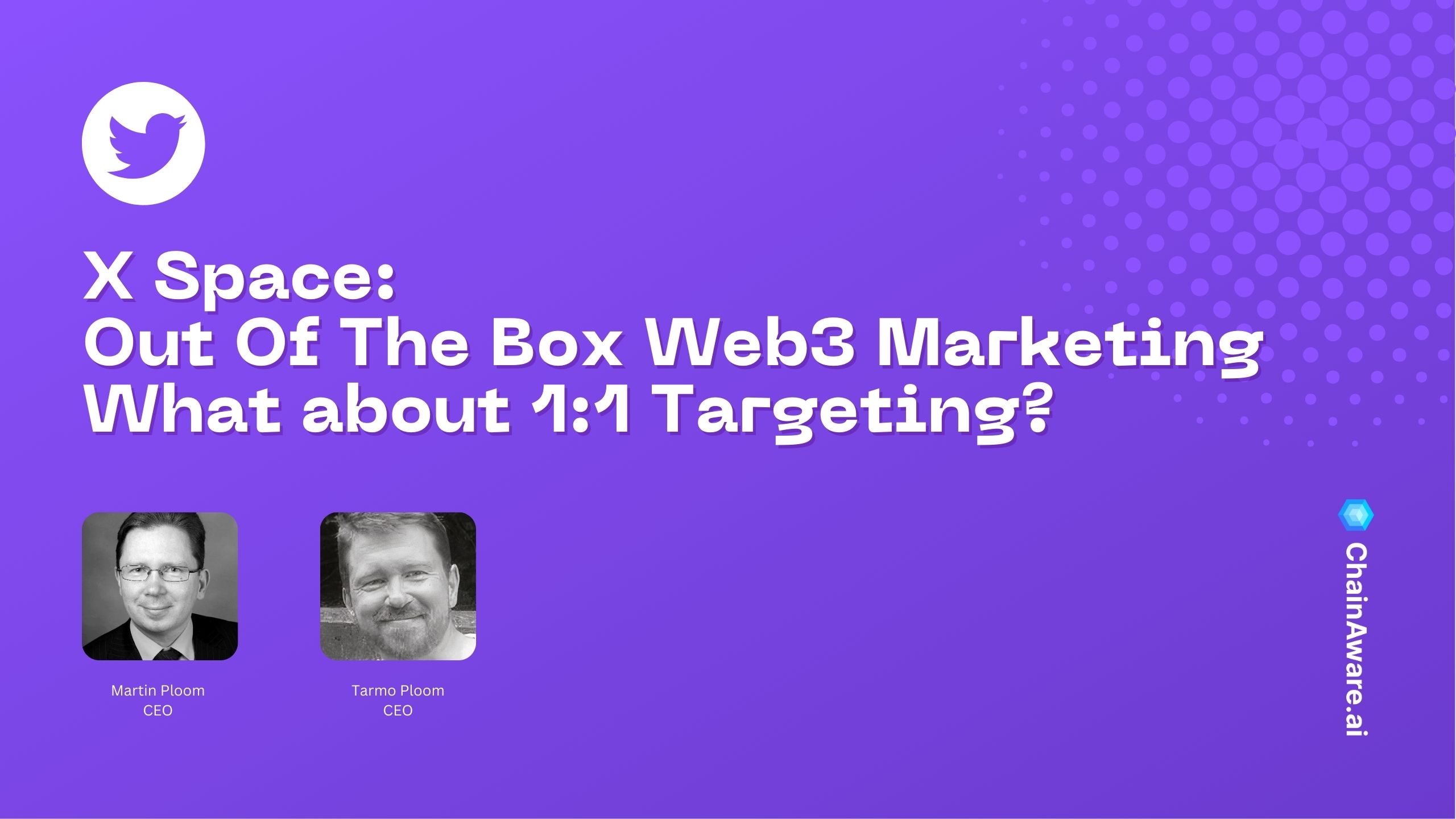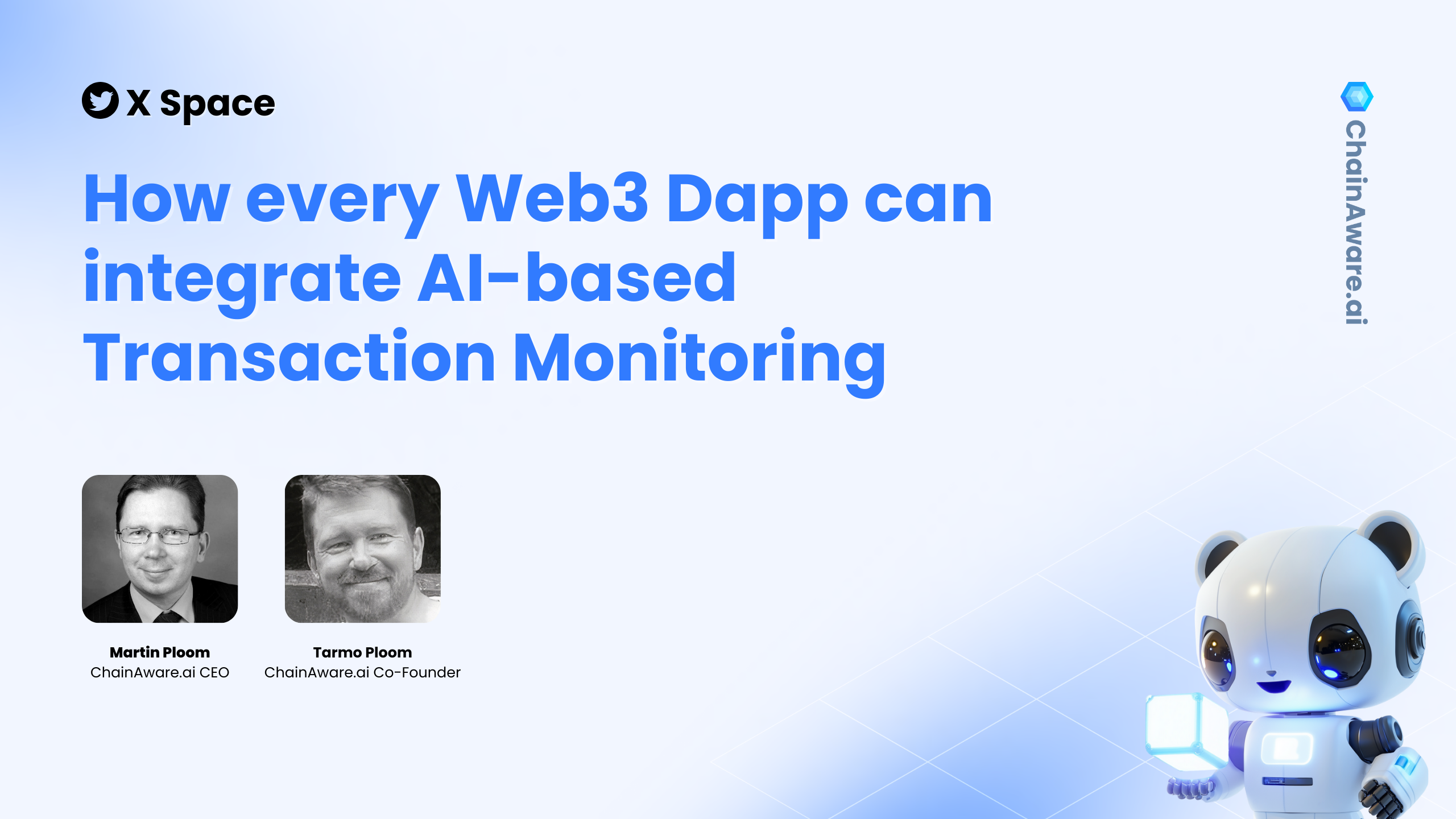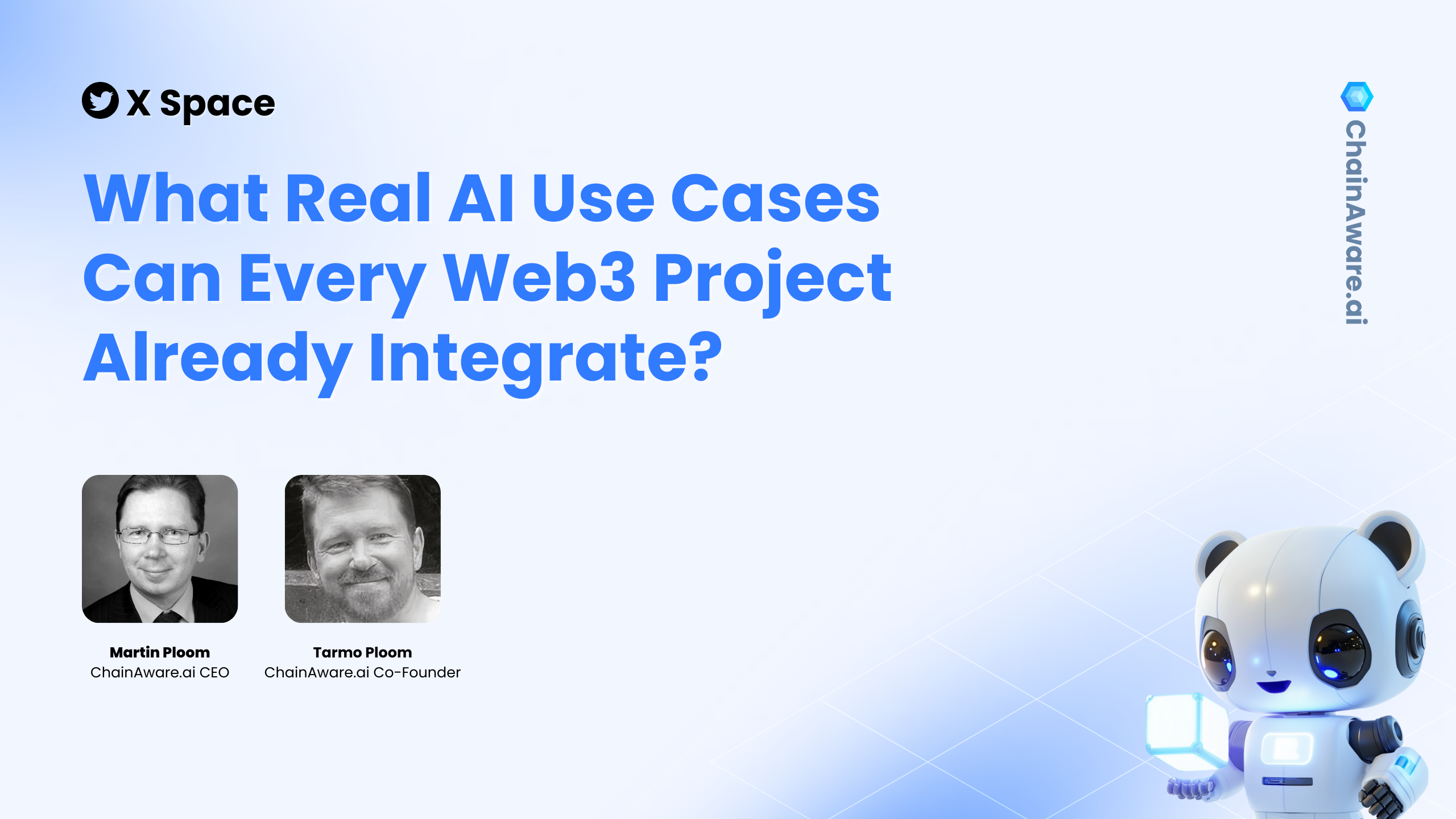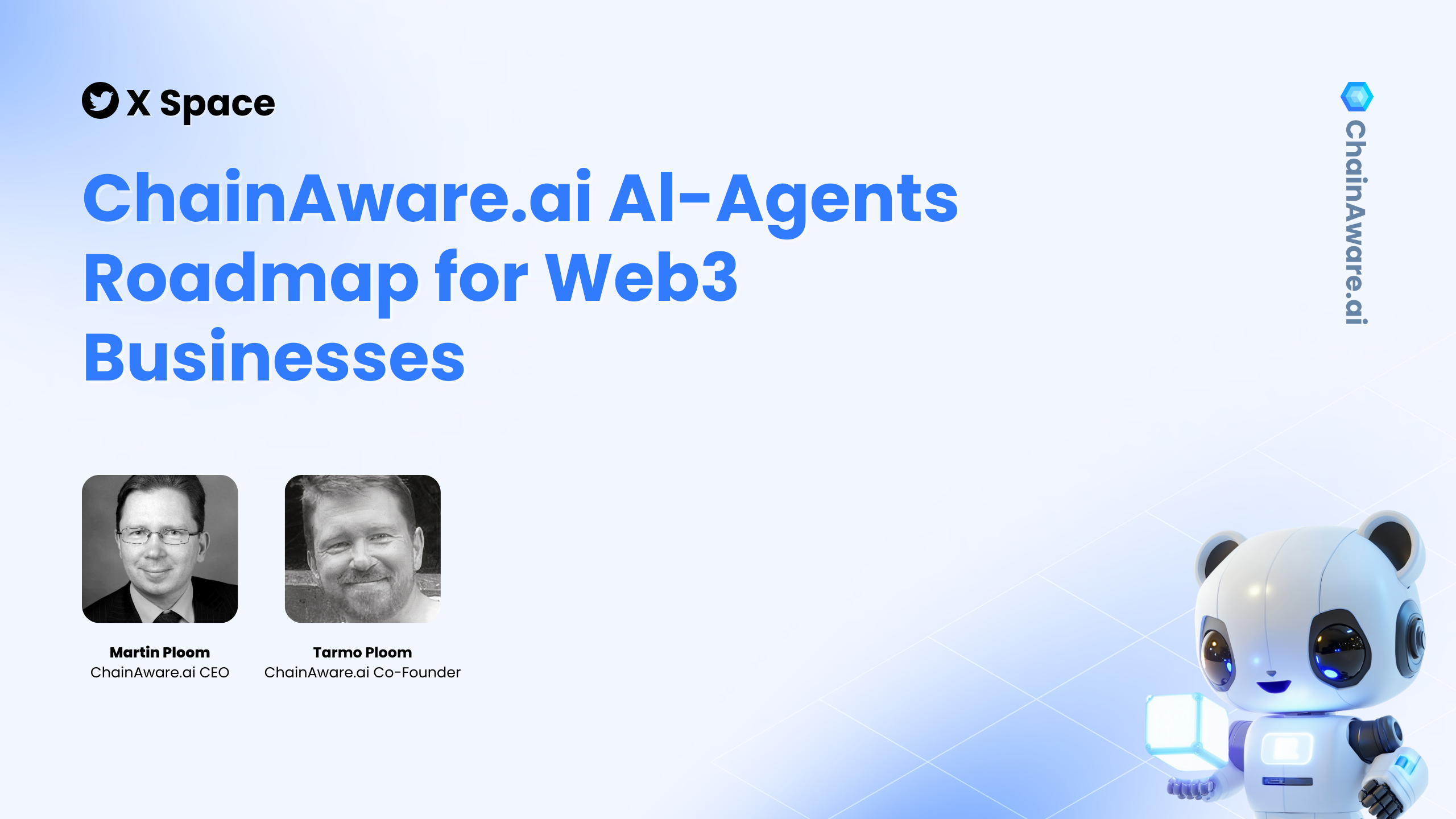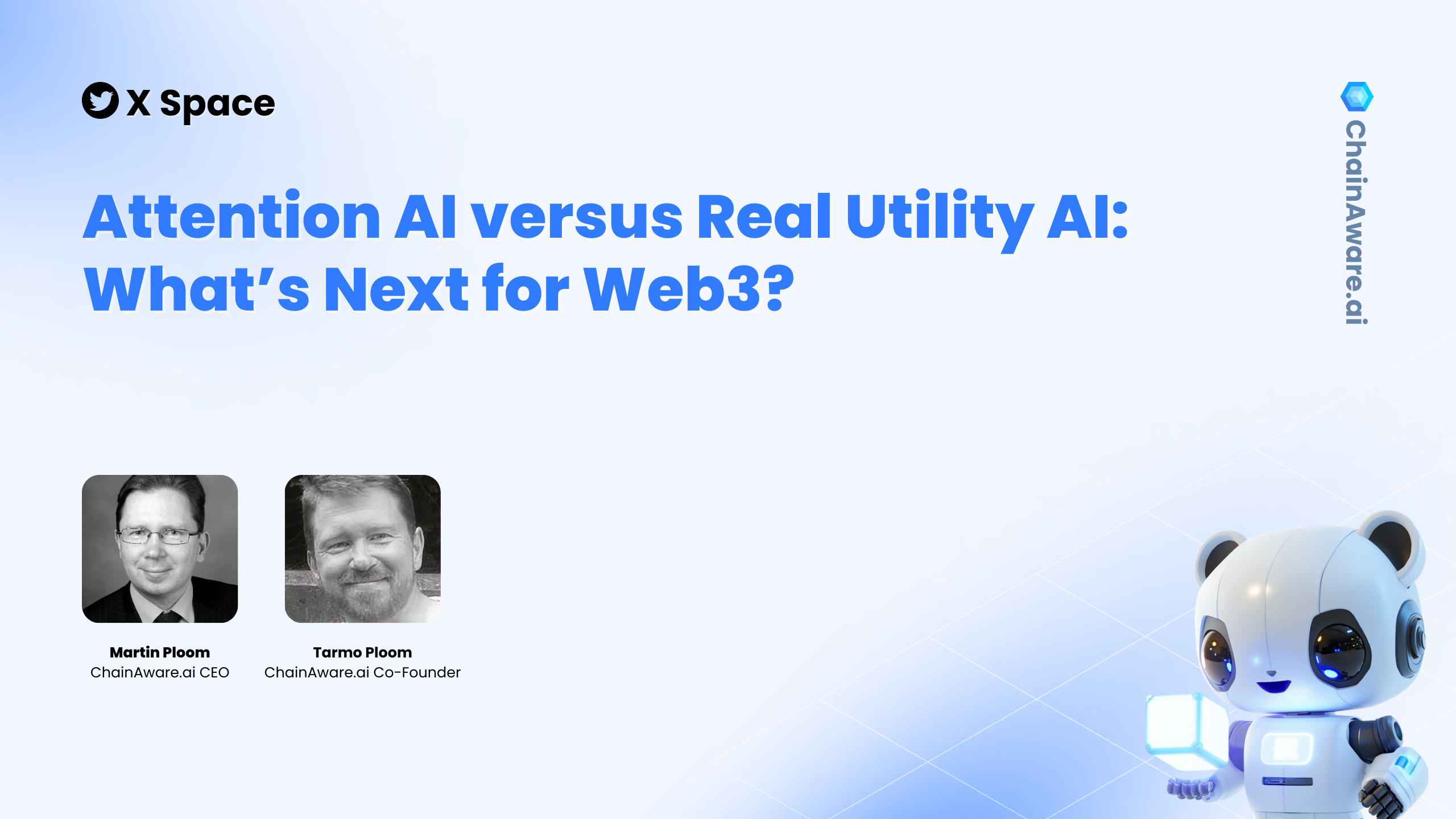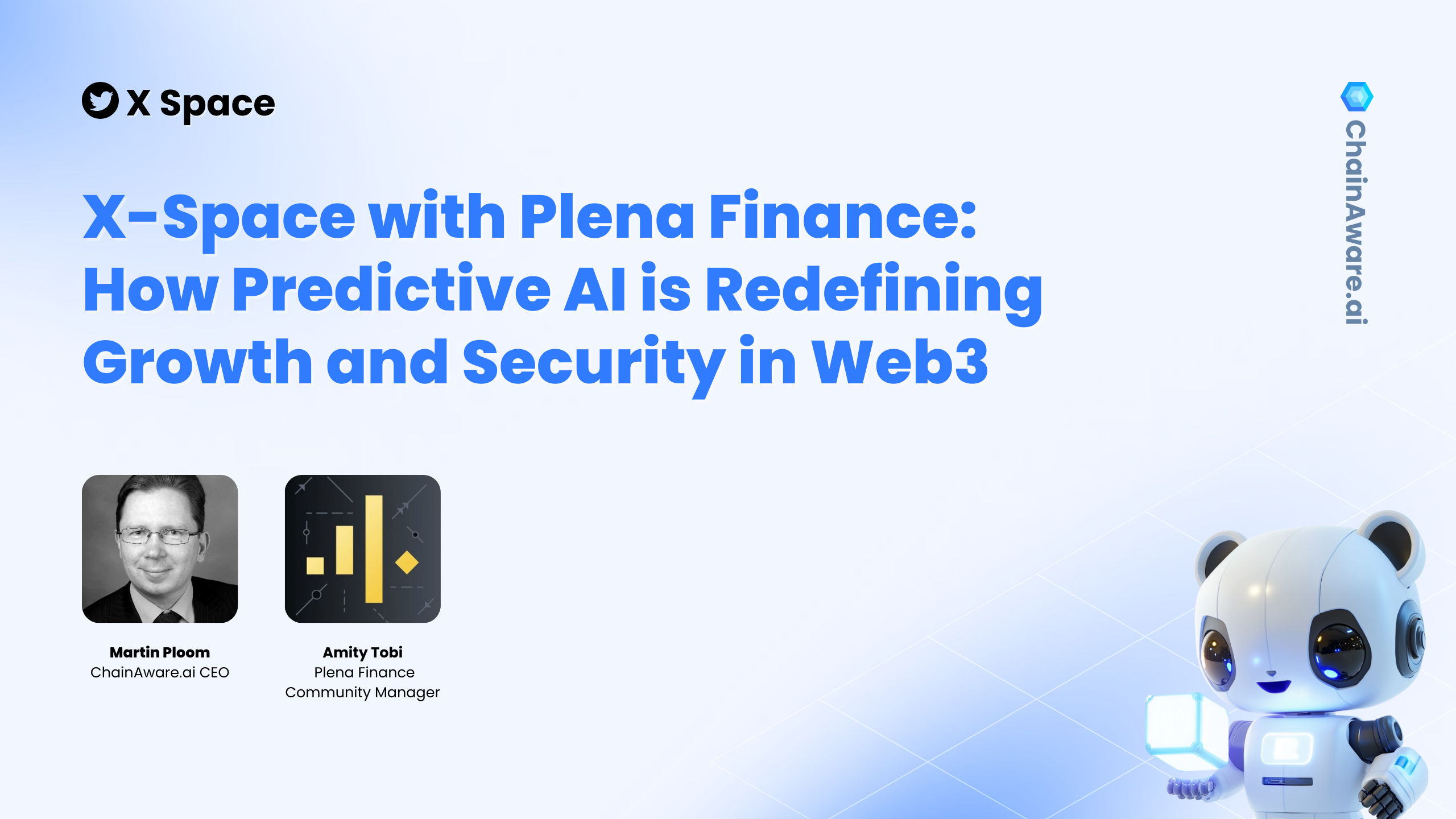Watch the full video: https://www.youtube.com/watch?v=4l5tmPT5y1g
1. Introduction and Overview of the Session
The session begins with Martin and Tarmo introducing themselves and their projects, focusing on their experience in Web3, AI, and finance. The topic of the session is framed around the inefficiencies of traditional Web3 marketing and the potential for 1:1 targeting. This method is viewed as a more personalized and effective approach that Web3 founders should adopt to improve user conversion rates and build sustainable businesses.
2. Current State of Web3 Marketing
Current Web3 marketing is compared to the marketing practices of the 1930s, using mass media techniques that are outdated in today’s digital economy. The main approach relies on broadcasting the same message across multiple channels (e.g., social media, influencers, banner ads) with little regard for user intentions. The speakers argue that this strategy wastes most of the marketing budget, with conversion rates being as low as 0.1%, meaning 99.9% of potential customers do not transact. Despite its inefficiencies, this method remains widely accepted, primarily benefiting marketing agencies and influencers rather than Web3 founders.
3. Comparison of Web2 and Web3 Marketing
In contrast to Web3, Web2 marketing has evolved significantly with the help of adtech solutions. Web2 companies leverage intention-based marketing, where users are targeted based on their specific interests and behaviors. This has led to dramatically higher conversion rates, with some Web2 campaigns achieving up to a 30% conversion rate. This success is driven by a combination of predictive AI and micro-segmentation, enabling companies to deliver personalized ads that resonate with individual users.
4. Understanding Narrow Segmentation and Intentions in Web2
The concept of narrow segmentation in Web2 is based on dividing users into small, specific groups, allowing for more targeted marketing messages. Predictive AI plays a key role here, analyzing user behaviors and determining their intentions. By doing so, Web2 companies can deliver ads that align closely with what users are likely to do next, such as making a purchase or signing up for a service. This approach is much more effective than the wide targeting seen in Web3, where the same message is sent to everyone, regardless of individual interests.
5. High-Quality Data in Web3 and Predictive Potential
Web3 presents a unique opportunity because blockchain data is high-quality and highly predictable. In contrast to Web2’s low-quality data sources (like browsing history and search data), blockchain transactions are verifiable and tied to real monetary value. Every transaction involves gas fees (proof of work), which means that users’ actions on the blockchain carry more weight and predictability. This high-quality data allows for much more accurate predictive models, making it easier to calculate user intentions and predict future behaviors.
6. Transforming Web3 Marketing with Predictive AI
By applying predictive AI to blockchain data, Web3 companies can dramatically improve their marketing efforts. Predictive AI can analyze past user behaviors on the blockchain and forecast future actions, enabling more targeted and personalized marketing strategies. This shift from mass marketing to intention-based marketing has the potential to bring Web3’s conversion rates in line with Web2, if not higher. The speakers argue that, with the right use of predictive AI, Web3 companies could see conversion rates surpass 30%, thanks to the higher quality of blockchain data.
7. Key Elements for Effective Web3 Marketing
To achieve better marketing results, Web3 companies need to adopt two main strategies:
- Narrow Segmentation: Instead of broadcasting the same message to everyone, companies should use predictive AI to identify user intentions and deliver personalized marketing content to specific segments.
- Adaptive User Interfaces: Once users arrive on a website or platform, the experience should be tailored to their needs and intentions. This is similar to how platforms like Amazon provide personalized interfaces for different users, based on their past behaviors and preferences.
8. Challenges for Web3 Founders and the Role of AdTech
The current landscape for Web3 founders is challenging because they are often led to believe that outdated marketing methods are the only option. Many founders are unaware of the potential offered by adtech solutions that use predictive AI and analytics. Web3 founders can benefit from asking their marketing partners about quantitative analytics, predictive tools, and adaptive user interfaces. By shifting to these more advanced methods, founders can lower their customer acquisition costs and improve the long-term sustainability of their projects.
9. Conclusion: The Future of Web3 Marketing
The session concludes with a call for a transformation in Web3 marketing. The speakers believe that Web3 will follow a similar path to Web2, where adtech and predictive AI take over from traditional marketing agencies. The success of Web2 marketing has shown that intention-based, 1:1 targeting is much more effective than mass marketing. If Web3 companies adopt these strategies, they can reduce their costs, improve user retention, and build more sustainable businesses. The key to this transformation lies in the use of blockchain data for predictive AI and the development of adaptive user interfaces to cater to individual user needs.
